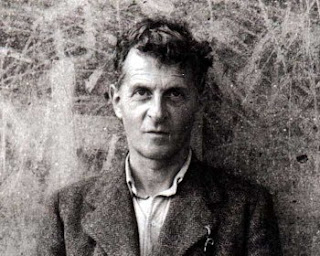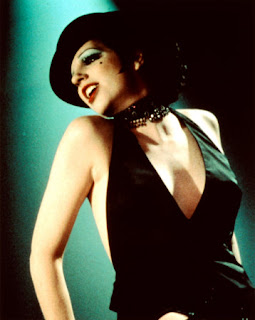
This ridiculous movie is one of my favorites of all time. Christina Applegate plays your average teenager with loads of personal style who just wants to spend the summer on the beach with her friends. But mom goes off to Australia (...to be a with a younger guy? Ugh. Gross mom.) and leaves her five kids in the hands of a very very old woman who is also very very mean. But then she dies! And now Christina Applegate has to get a real job at a real company with a real early morning commute so that her siblings don't starve. On the way to adulthood, she falls in love, of course.
But the truth is this is a movie all about fashion. Fashion as industry, fashion as identity, fashion as redemption. For example: our hero doesn't just accept her new responsibilities and go to work. First, she has to create a brand new working girl style persona. Did someone say montage? This is a whole movie of montages! And did I mention that Applegate manages to save herself, her family, and a major national corporation with a fashion show! Come on.
Now, the costume designer Carol Ramsey isn't exactly known for this kind of work. Her repertoire includes films like
Bad Boys II and
Meet the Fockers. However, I'm dying to check out
Slaves of New York starring Chris Sarandon and Bernadette Peters - apparently a movie in which hats save the day! Check out the trailer:
But whatever the success of this film I've never seen, I have to give Ms. Ramsey some serious credit for her work on
Don't Tell Mom. The main message of the film: Big jackets go with everything.


But perhaps my favorite is her incredible color combo in the following outfit. Neon green, if the blogs and magazines can be trusted, is this spring's must-have color. Here she makes it look not at all garish and incredibly sophisticated.

 Reflecting on my last post about Don't Tell Mom the Babysitter's Dead, I decided to go take a look at our collective closet, Etsy, and see what's up. Oh My. There are so many lovely choices in Neon Green. However, some good research skills will come in handy. Keep in mind that one person's "neon" is another person's "bright" is another person's "lime" is another person's "acid." So you may have to try a lot of different search terms to find what you want.
Reflecting on my last post about Don't Tell Mom the Babysitter's Dead, I decided to go take a look at our collective closet, Etsy, and see what's up. Oh My. There are so many lovely choices in Neon Green. However, some good research skills will come in handy. Keep in mind that one person's "neon" is another person's "bright" is another person's "lime" is another person's "acid." So you may have to try a lot of different search terms to find what you want.































